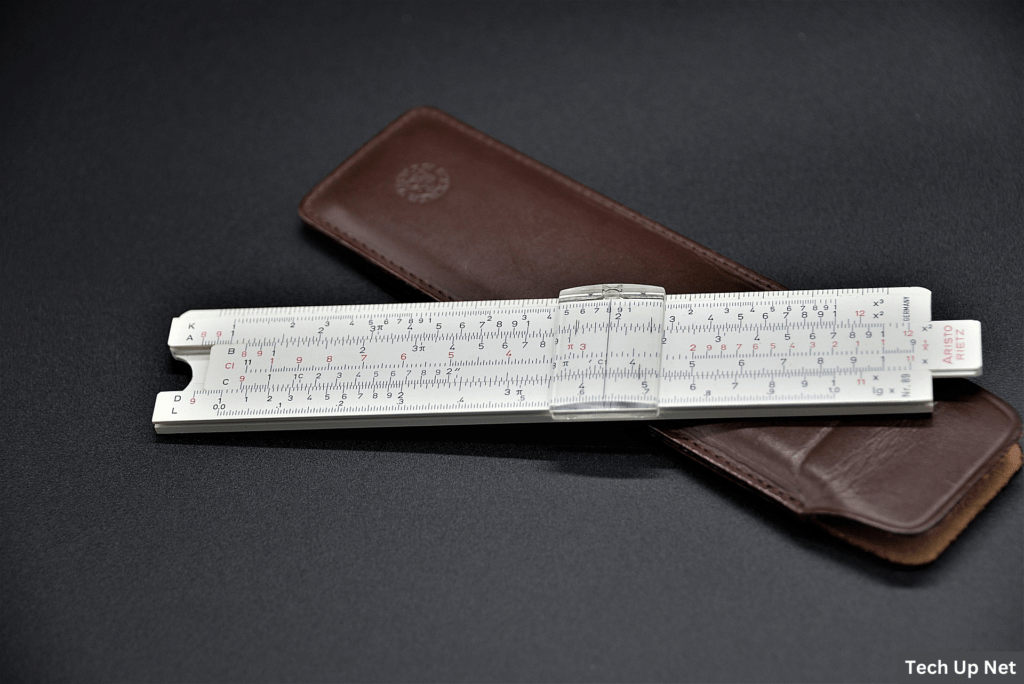Data visualization aims to make the analysis and interpretation of complex data fast and easy. A big part of that is the visualization’s plane of representation, i.e., the scale.
The scale of your graph axis directly impacts your audiences’ perception and the final values inferred. This article focuses on logarithmic vs. linear scales.
In other words, more than choosing the right data visualization tool for your data type is required. You must ensure you’re using the correct scale so you don’t mislead your audience.
There are different types of scales. The correct scale is one that accurately represents your data and goals.
Here, we’ll define linear and logarithmic scales. Regardless of your data visualization tool, you’ll also learn when it is good to use them and when not good to use them.
What Is A Logarithmic Scale?
A logarithmic scale axis is where two consecutive points are not separated by equal unit values. Each interval is a factor of the log base. The logarithmic scale is more accurate than other scale types. So let’s dive a bit deeper.
The interval on a linear scale chart represents constant integer increments. For example, each distance between points can correspond to 10 units. In other words, the first three intervals on the chart would equal 30 units if a data line were to run through them.
On the other hand, a logarithmic scale displays data increasing to the power of a number, typically 10. For instance, three point intervals on a logarithmic chart can have values such as 101, 102, 103, and so forth.
If the line of a data point passes through the first three values, it will represent 1,110 units.
Here’s a practical example: assume you picked up some raw chicken from the grocery store. You were occupied with other things and accidentally left them on the dining table for many hours.
You are aware that you should discard the chicken because it is likely no longer safe to eat due to the rapid growth of the harmful bacteria on it.
The number of harmful germs would have been modest if you had found the raw chicken within 30 minutes of leaving it on the counter. But because germs multiply exponentially, your raw chicken might go from having one potentially harmful bacterial cell to having millions in a matter of hours.
A linear chart representing the bacterial growth would show no changes in the first few minutes or hours, then a sudden rise to a very high value. This doesn’t suggest that the chart could be inaccurate, however it would not be easy to study.
However, plotting the identical values on a logarithmic vs. Linear Scales will show slow modifications which are simpler to read and understand.
Logarithmic vs. Linear: When Should I Use A Logarithmic Scale?
Logarithmic scales are used in two main scenarios.
- To represent changes or skewness due to large data values in a dataset. i.e., where some values are larger than the majority within a dataset.
- To represent the percent rate of change over time or a multiplicative factor.
As earlier stated, datasets with wide value disparities are best suited to a logarithmic chart. For instance, with the use of a logarithmic vs. Linear Scales, you could appropriately visualize information values from 10 to a million.
However, representing the values on the linear scale would mean the small value details get lost in the lines. This could lead to inferring the wrong values and making misleading data-driven decisions that could ultimately have more severe effects.
Many industries leverage logarithmic scale charts for more accurate data analysis and interpretation. Some of these include:
- Actuarial science
- Medicine
- Archeology
- Mathematics
- Forensic science
- Finance
- Geology
In the financial sector, for example, logarithmic vs. Linear Scales are crucial for analyzing percentage changes in prices over time intervals. Let’s assume the asset records a $10 increase to $20 in the first 24 hours and another $10 increase to $30 in the next 24 hours.
On a log chart, the distance between the values in the first increase will be two times larger than that of the second increase.
This is because each distance is a factor of the percentage change, not the actual values. The first $10 increase is a 100% change, whereas the second is a 50% increase, hence the interval distance difference.

What Is A Linear Scale?
A linear scale chart is a chart where the distance between consecutive points on the y-axis or x-axis is equal, regardless of the location on the chart. It is a standard scale used for maps and other chart types.
For example, one centimeter to one meter could be used to draw a playground map. This is a ratio of 1:100, which means that the map is one-hundredth of the size it represents on the ground.
Logarithmic vs. Linear: When Should You Use A Linear Scale?
It would help if you used a linear chart to represent trends where accounting for percentage change is unnecessary. This is mainly the case when plotting data points with similar values over short intervals.
Compared to the logarithmic scale, the linear scale better represents datasets where data values are constrained within a relatively narrow range.
The linear scale can be crucial for data representation and interpretation in different industries. For example, the financial sector where the logarithmic scale appears to thrive. Here, linear chart scaling can be helpful when an asset’s price maintains a narrow rate of change over a short period.
In other words, traders use a linear chart when knowing the actual value of small price changes is essential. This is typically the case for short-term traders who mainly care about price changes in minutes, hours, or days.
Logarithmic vs. Linear Scales: Which Is Best?
Logarithmic vs. linear scales? The answer lies in their uses. They are specific to your goals and data type. Now you know where logarithmic and linear scales are applicable.
If you’re unsure where your data is headed, try experimenting with both scales.
Stay in touch to get more information on Tech Up Net! Thank you
